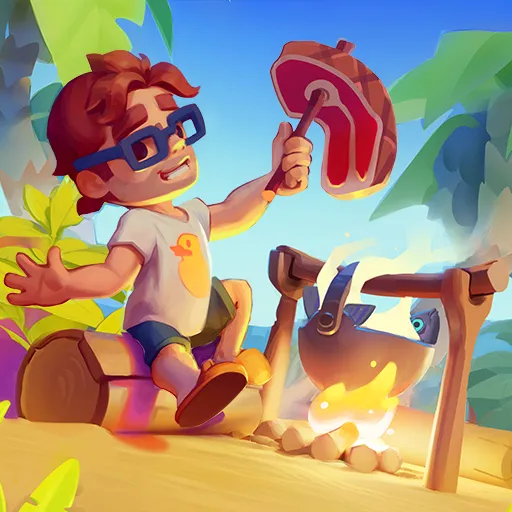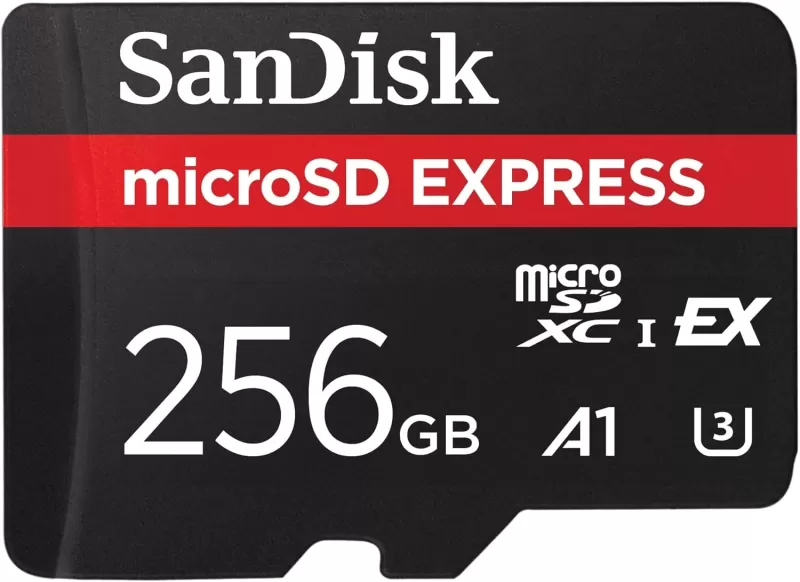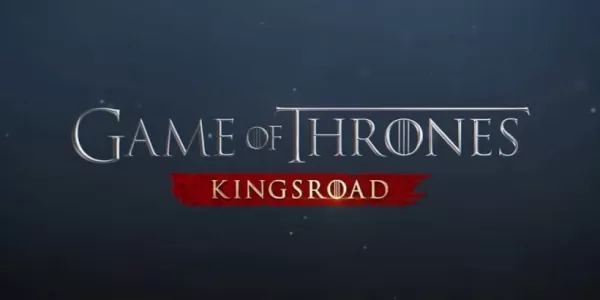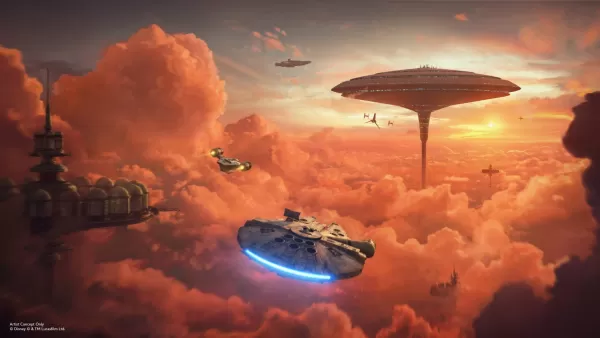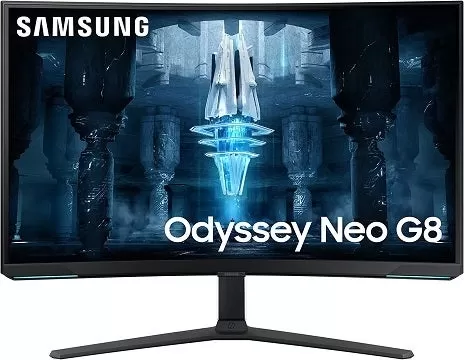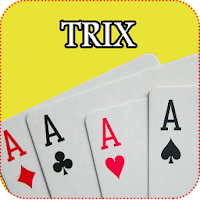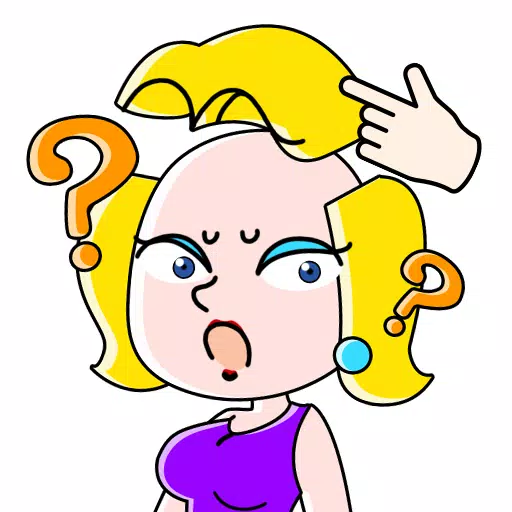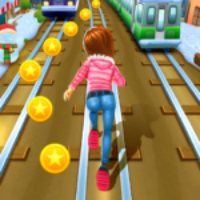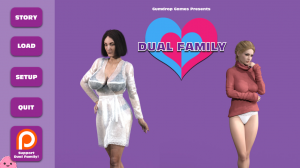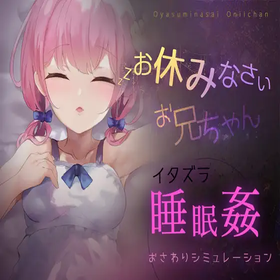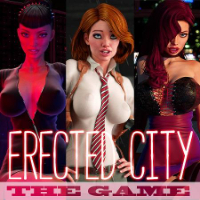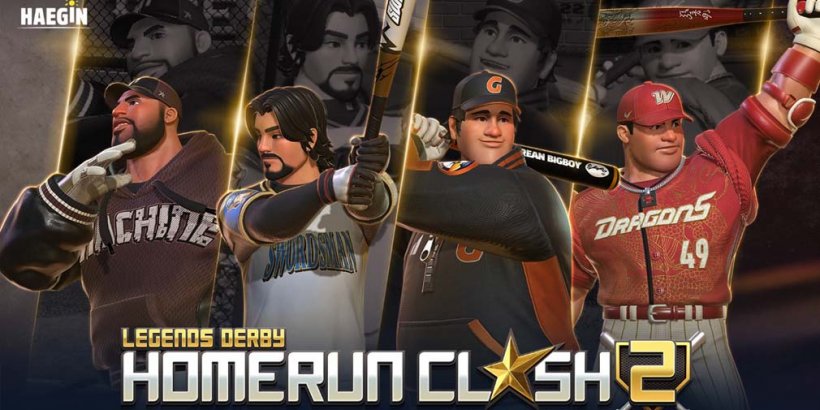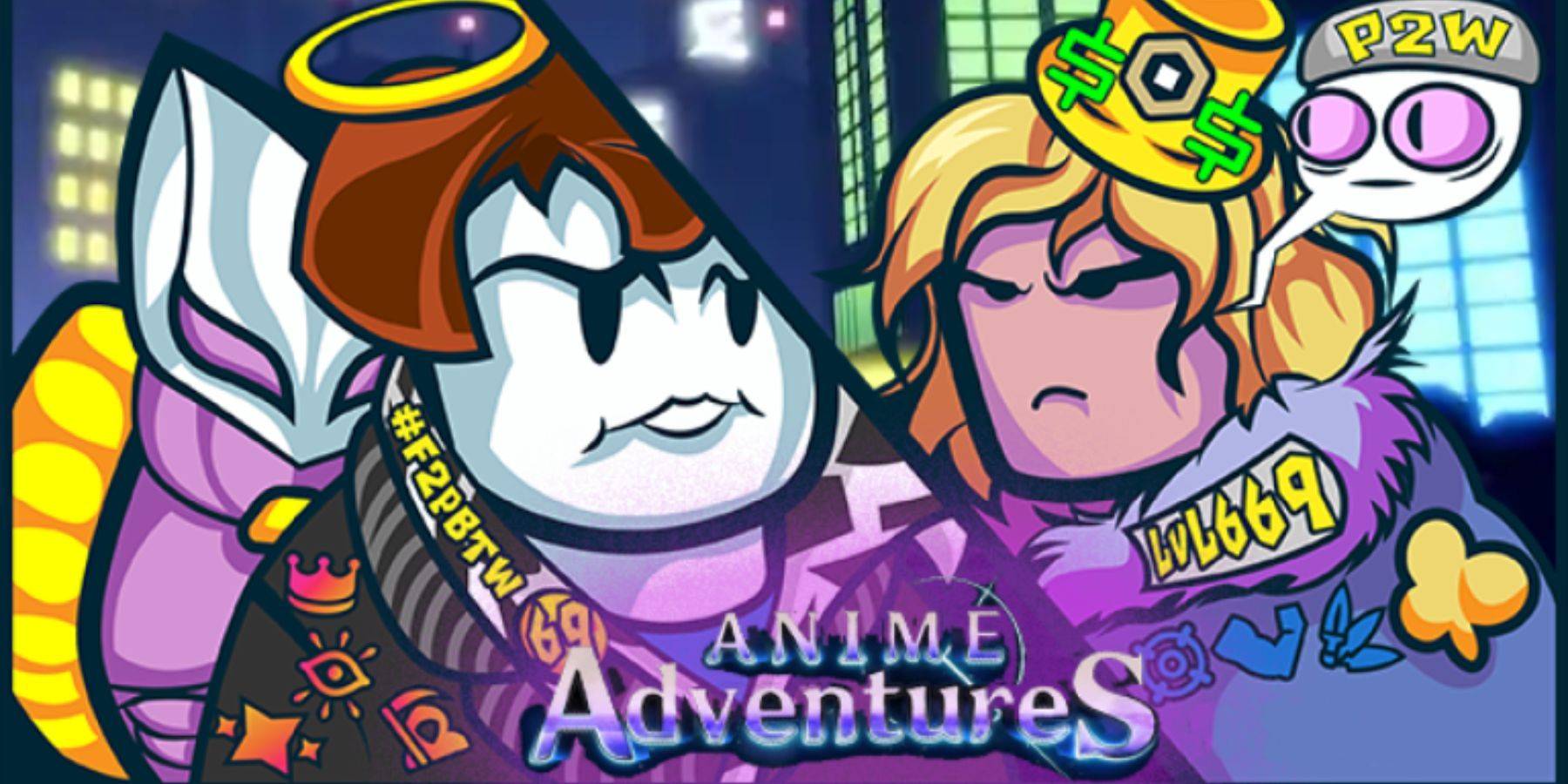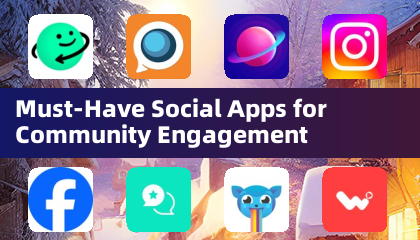Switch 2's Price: No Barrier to Success
At the start of April, Nintendo's highly-anticipated Switch 2 Direct presentation concluded with a surprising twist. While the event showcased an array of exciting new features and a diverse lineup of upcoming games, it notably omitted one crucial detail—the price. Fans' fears of a significant price increase were soon confirmed when Nintendo announced on the newly-launched Switch 2 website that the console would retail for $449. This represents a $150 jump from the original Switch's launch price of $299. The revelation sparked a mix of anger and concern among fans, who were not only upset about the lack of transparency but also worried about the potential impact on the console's market performance, especially with the announcement that the Switch 2's flagship launch title, Mario Kart World, would cost $80.
Some Nintendo enthusiasts, still reeling from the disappointment of the Wii U era, quickly adopted a pessimistic outlook, predicting that the Switch 2's price would deter potential buyers and plunge the company into another period of decline. They questioned the value of paying $450 for a console that, in their view, offered technology similar to last-generation systems, especially when it was priced similarly to the PS5 and Xbox Series X. However, these concerns were soon alleviated by a Bloomberg report suggesting that the Switch 2 was poised to become the most successful console launch in history, with projections of 6-8 million units sold. This would surpass the record of 4.5 million units set by the PS4 and PS5. Despite its high price, the demand for the Switch 2 appeared to be overwhelming, a trend consistent with the history of video game console launches.
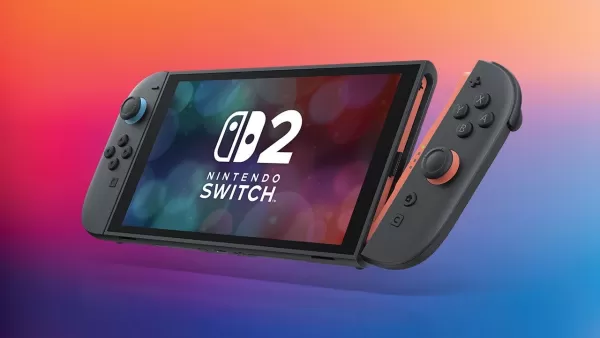
Although the Switch 2 is not a budget-friendly option, its pricing aligns closely with that of its competitors. Looking back at Nintendo's biggest flop, the Virtual Boy, we can identify several reasons why the Switch 2 is likely to succeed. Launched two decades ago, the Virtual Boy was Nintendo's first and only foray into virtual reality. Despite the allure of VR, the technology in 1995 was not ready for widespread use, and the Virtual Boy fell short of even contemporary standards. It required users to hunch over a tabletop device and view games through a red-tinted viewport, which led to numerous reports of headaches. The Virtual Boy failed to deliver the immersive experience gamers expected, resulting in poor sales.
In stark contrast, the Switch 2 resembles the successful Wii, which introduced reliable motion control technology that revolutionized gameplay and broadened the gaming audience. The Wii's innovations have endured, making motion controls a staple in Nintendo's subsequent consoles and enhancing games like Pikmin and Metroid Prime. Building a highly desirable console is not unique to Nintendo; Sony's PlayStation 2, for example, became a household staple due to its dual functionality as a DVD player and game console. However, when Nintendo hits the mark, it does so spectacularly. The original Switch's seamless transition between handheld and console modes was a game-changer, and the Switch 2 builds on this by addressing the original's power limitations, ensuring it remains a compelling option for gamers.
The Switch 2's pricing is in line with what competitors charge for their flagship consoles. However, the success of a console isn't solely about its hardware. The Wii U, another of Nintendo's missteps, not only suffered from unappealing technology but also lacked a compelling game lineup. Its launch title, New Super Mario Bros. U, was seen as a tired iteration of a familiar formula, failing to excite consumers enough to drive sales. Other Wii U titles, like Donkey Kong Country: Tropical Freeze and Super Mario 3D World, also felt uninspired at launch, though they later found success on the Switch. The Wii U's failure to launch with a must-have game was its undoing.
Conversely, the Switch 2 benefits from inheriting Nintendo's robust library of games from the previous generation, enhanced with graphical upgrades and new content. Its launch title, Mario Kart World, isn't just another entry in the series; it introduces a groundbreaking open-world format reminiscent of Forza Horizon, offering a fresh experience that could entice players away from their beloved Mario Kart 8 Deluxe. Further enhancing its appeal, Nintendo plans to release the first 3D Donkey Kong game since 1999 shortly after the Switch 2's launch, followed by an exclusive FromSoft game in 2026 that echoes the style of Bloodborne. These titles provide multiple compelling reasons for gamers to invest in the Switch 2.
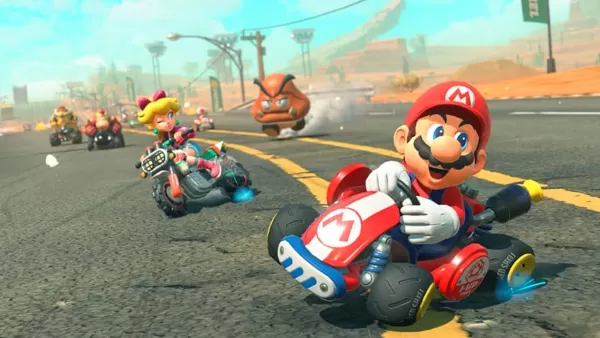
Mario Kart World promises to be a significant upgrade over Mario Kart 8 Deluxe. While price is always a consideration in purchasing decisions, especially in today's economic climate, the Switch 2's pricing is consistent with that of other flagship consoles. The standard PS5 and the Xbox Series X are priced similarly, with the Switch 2's Mario Kart World bundle matching the PS5's $499 price point. Although some might argue that the Switch 2's hardware should place it in a lower price bracket akin to the Xbox Series S ($380), it's important to recognize the unique value that Nintendo offers. The Switch 2's appeal goes beyond mere performance.
A historical example of pricing negatively impacting sales is the PS3, which launched at $499 for the 20GB model and $600 for the 60GB version—equivalent to $790 and $950 today. In 2006, such high prices were unprecedented for consoles, leading many to opt for the more affordable Xbox 360. In contrast, the Switch 2's $449 price tag in 2025 is not unusual; it's become the standard for modern video game consoles.
AnswerSee ResultsNintendo's unique position in the gaming industry stems from its ability to create groundbreaking games that consumers are willing to pay a premium for. Yet, compared to its competitors, the Switch 2's price is not a premium; it's in line with industry standards. While it may not match the PS5 in terms of power, the Switch 2 offers technology and games that gamers crave. There is a limit to what people will pay, and if Nintendo continues to raise game prices, it might reach that ceiling. For now, however, the Switch 2's pricing is aligned with the benchmark set by its competitors. With over 75 million PS5 units sold, it's evident that consumers are willing to pay this price point.
